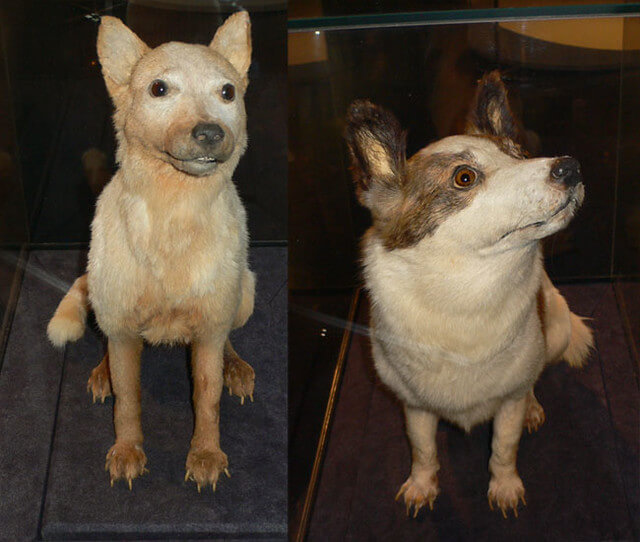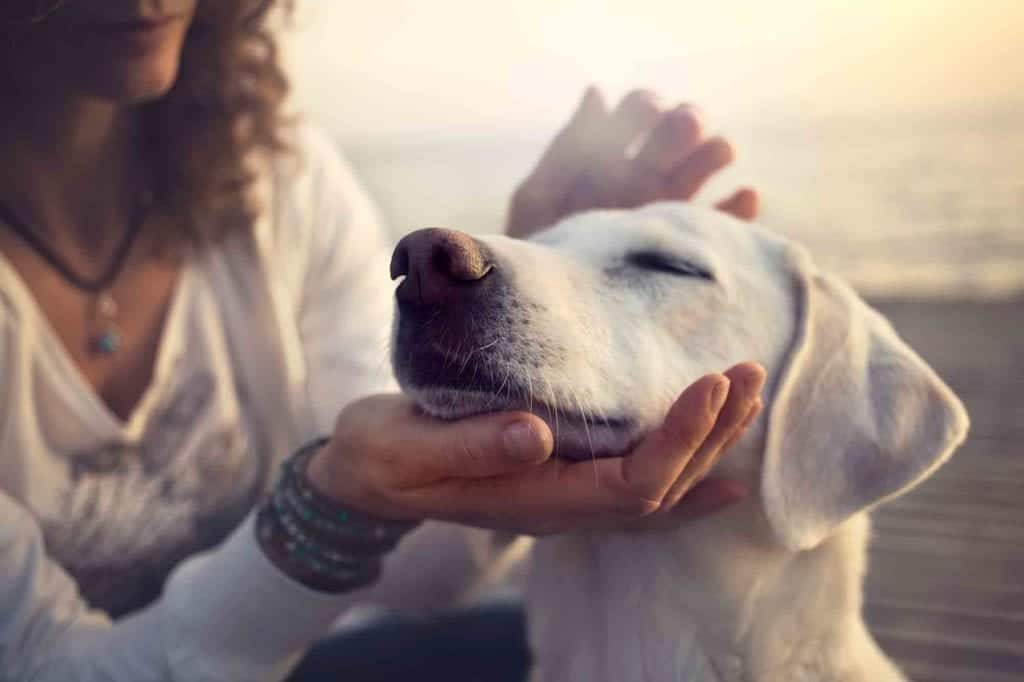Pets become so ingrained in human lives that losing them can take a toll on those left behind.
After the death of your doggie, you have no one to wag their tail at you when you walk through the door.
Your kids have lost a loyal and affectionate friend.
Dogs are especially forgiving and sweet-natured. They love you unconditionally and can take a bullet for you if need be.
When you lose your pet, you have to determine what to do with her remains.
Instead of burying her, how about preserving her so you can always have her with you?
These days, you have several options for doing this including freeze-drying, cryonics, and taxidermy.
Let’s zoom in on the last one.
Taxidermy arouses different emotions from different quarters.
In this guide, we will tell you if the practice is weird or not.
What Goes Into Taxidermy?

Taxidermy simply means preserving an animal’s body after death by stuffing it.
The term comes from two Greek words “Taxis” which means “arrangement” and “Derma” which means “skin”.
Put together, taxidermy translates to “the arrangement of skin.”
The practice quite literally means skinning an animal and then stuffing it with foam to be displayed.
The result is a stuffed animal resembling your pet.
You get to keep it for up to a century if the process is done effectively.
According to the GMA Network, taxidermy dates back to the 16-17th century in Europe.
Back then, world-traveling explorers would preserve collected specimens in this way to be studied later.
They would skin the animals and preserve their skin using chemicals then place them back on the dead animals.
Now, taxidermists (that’s what persons that carry out taxidermy are called), get rid of the animal’s internal organs and retain the skin which is then stretched out and filled with Styrofoam stuffing.
After putting beaded eyes, the animal will look much like it did when it was alive except it will be lifeless.
Pet parents can take comfort in looking at the stuffed animal for a long time.
Is It Weird To Taxidermy Your Pet?

There are many reasons why pet owners choose to taxidermy their pets.
Most of them do it for memory’s sake.
Take the example of Mary Moschini, a Melbourne resident.
She loves animals and lives with cats, dogs, and a taxidermied birdie named Chi Chi.
The bird belonged to her mother who sadly passed on before the bird.
When it was Chi Chi’s time to transition to the land of the dead, Moschini opted to have it taxidermied so it can keep the memories of her mother alive.
“For one reason or the other, I thought that this bird was special. Perhaps I should consider taxidermy. When I look at him, I can almost hear mom’s voice speaking to him and how he would chirp with excitement when talking back at her. I am so glad I did it. The chirp may be missing but he’s still here and in my head, I can hear the chirps.” She told ABC.
Mary Moschini is one among many pet owners who have taken the taxidermy route.
Some of the famous names that have taxidermied pets in their possessions include:
- Empress Josephine (who stuffed an Orangutan)
- Charles Darwin (he stuffed his pet Raven)
- Florence Nightingale (who stuffed her owl).
While taxidermy has its benefits for grieving souls, it is still a strange idea to many people.
Check this Reddit thread and see for yourself.
Most of the contributors (who own pets themselves) deem the practice as unsettling, morbid, strange, and downright disrespectful.
Even if one feels a deep connection with their pet, it’s simply not in their place to taxidermy the poor thing when it passes away.
The process of stuffing an animal doesn’t sit too well with many.
It’s considered a dishonor to rip your dog or cat open, gorge its eyes out, stretch its skin, and stuff it with foam.
Some view it as inhumane.
The kind thing to do would be to let the animal rest by either cremating it or burying it somewhere.
Besides the process of stuffing an animal, taxidermy is also a creepy thing to do.
Walking into your home to the sight of a stuffed animal with beaded eyes but one which cannot move or talk is creepy for some.
This guy is one of the many anti-taxidermy activists who don’t shy from speaking up about it.
He wrote to The Berkeley Beacon expressing his displeasure with the practice.
To him, taxidermy, albeit beneficial to a pet owner, is hurtful to the pet.
It is simply not what the dead animal would want.
After the pets cross over to the other side, they should be left to rest.
The practice simply serves no purpose.
Instead, it is gruesome and displays disrespect on the part of the pet parent.
You may also want to check: Where Do Dogs Go When They Die?
What Should You Do?

If you’ve been keenly following the discussion, you can tell that taxidermy can be weird or just okay depending on you.
Those that find it weird have reasons for their argument.
In the same breath, those who are pro-stuffing can give a long list of why they are doing it.
At the end of the day, only you understand the kind of bond you share with your pet.
You have to ask yourself what makes you feel better when the time comes.
- Will cremation or burial deny you the chance to keep the memory of your pet going?
- Is taxidermy going to help you deal with the grief in some way?
- Perhaps keeping his ashes will help you keep your doggie or kitty close?
- Can you handle seeing a lifeless resemblance of your pet in your home?
- Most importantly, do you think that having your pet taxidermied is what they would want?
Answer these questions and whatever decision you arrive at is what you should do—weird or not.
Parting Thoughts
Losing a pet is an incredibly difficult time for a pet parent.
Whether you decide to taxidermy your animal friend or dispose of them using other means is up to you.
Stuff them if you want to or if you think it’s the right thing to do.
Don’t let the haters stop you from doing it.
As an Amazon Associate, we may receive a small commission from qualifying purchases but at no extra cost to you. Learn more. Amazon and the Amazon logo are trademarks of Amazon.com, Inc, or its affiliates.

